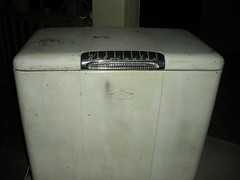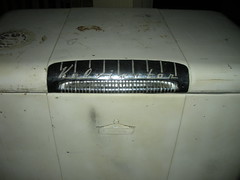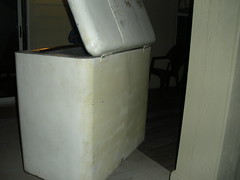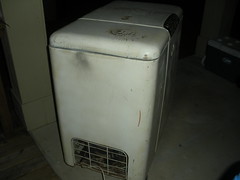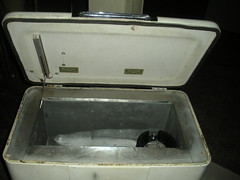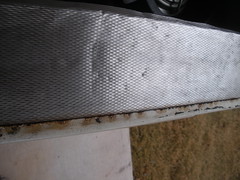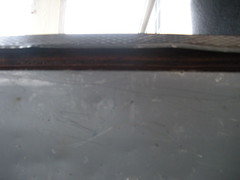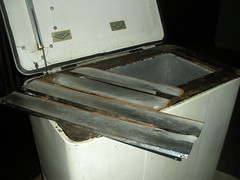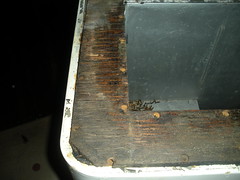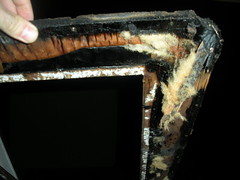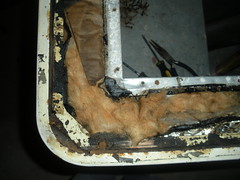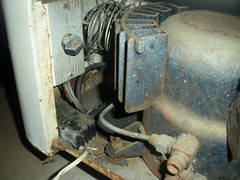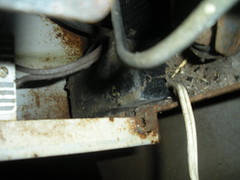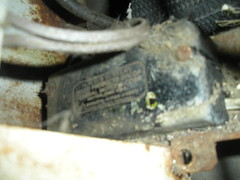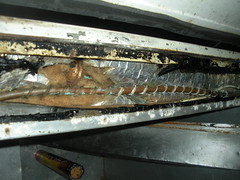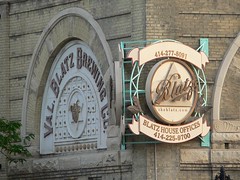Here is the shell of what I am working with. I would like some ideas and interest into some possibilities of what I could turn this old school bad boy into. It is a 1950's "Kelvinator" chest freezer that can hold 2 cornys with out a collar and 4 with a collar. Ideas have been tossed around to make it into some sort of hot rod style theme based on the fact that I grew up in a racing/car show/hot rod family tradition.
The final cost of the total build is limited to about $500. Any suggestions?
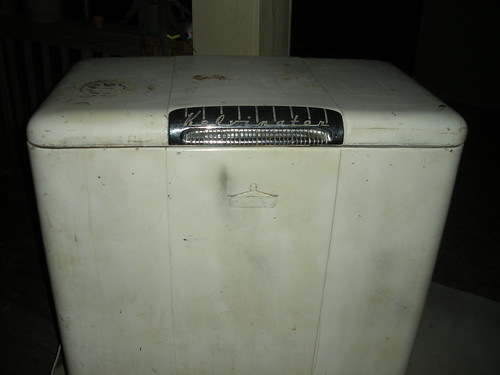
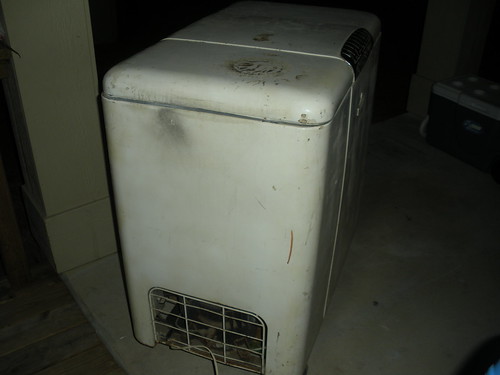
You copied the url not the actual link to the picture. Cool project!


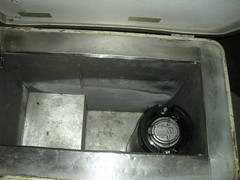




























![Craft A Brew - Safale S-04 Dry Yeast - Fermentis - English Ale Dry Yeast - For English and American Ales and Hard Apple Ciders - Ingredients for Home Brewing - Beer Making Supplies - [1 Pack]](https://m.media-amazon.com/images/I/41fVGNh6JfL._SL500_.jpg)


























